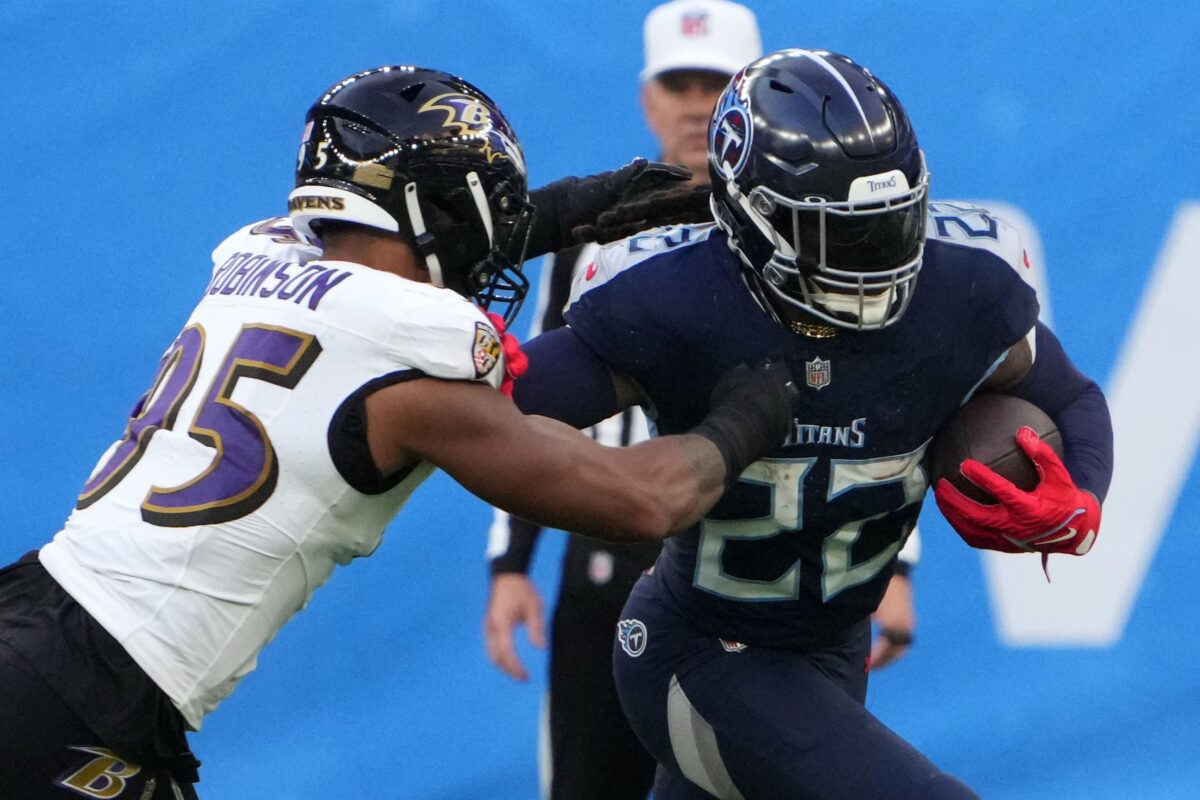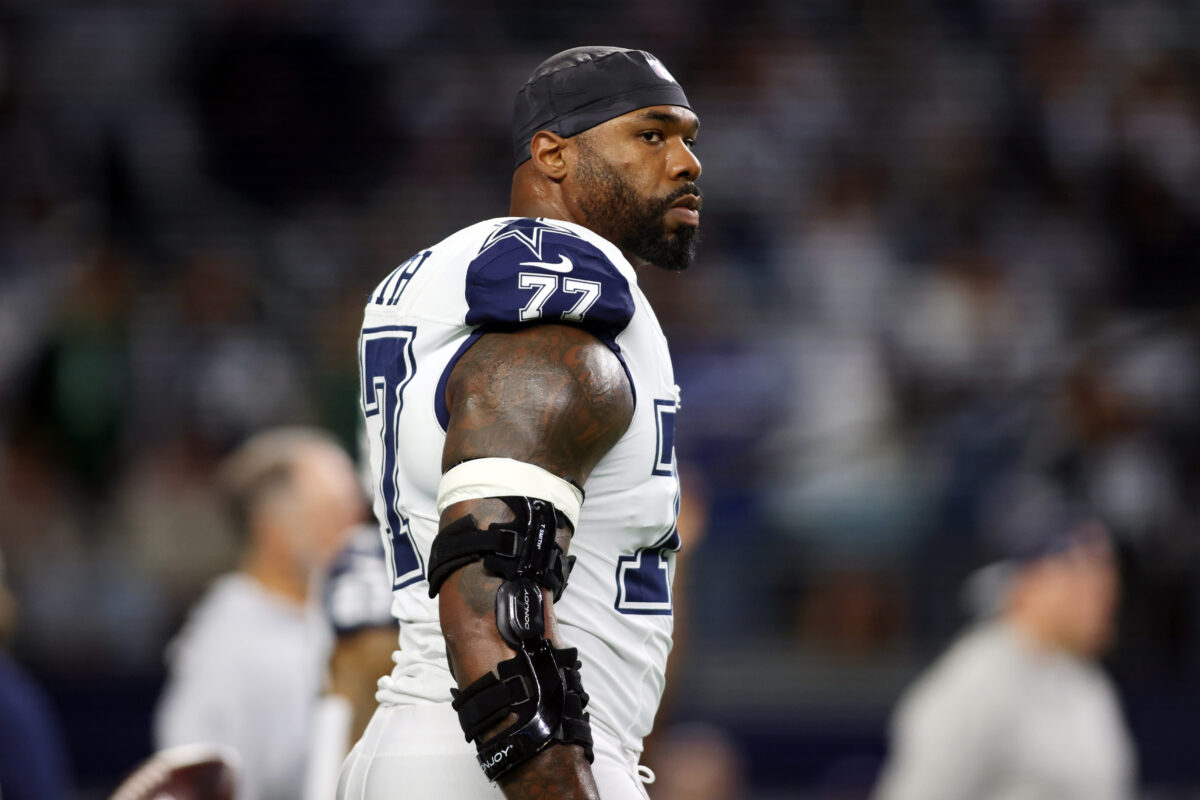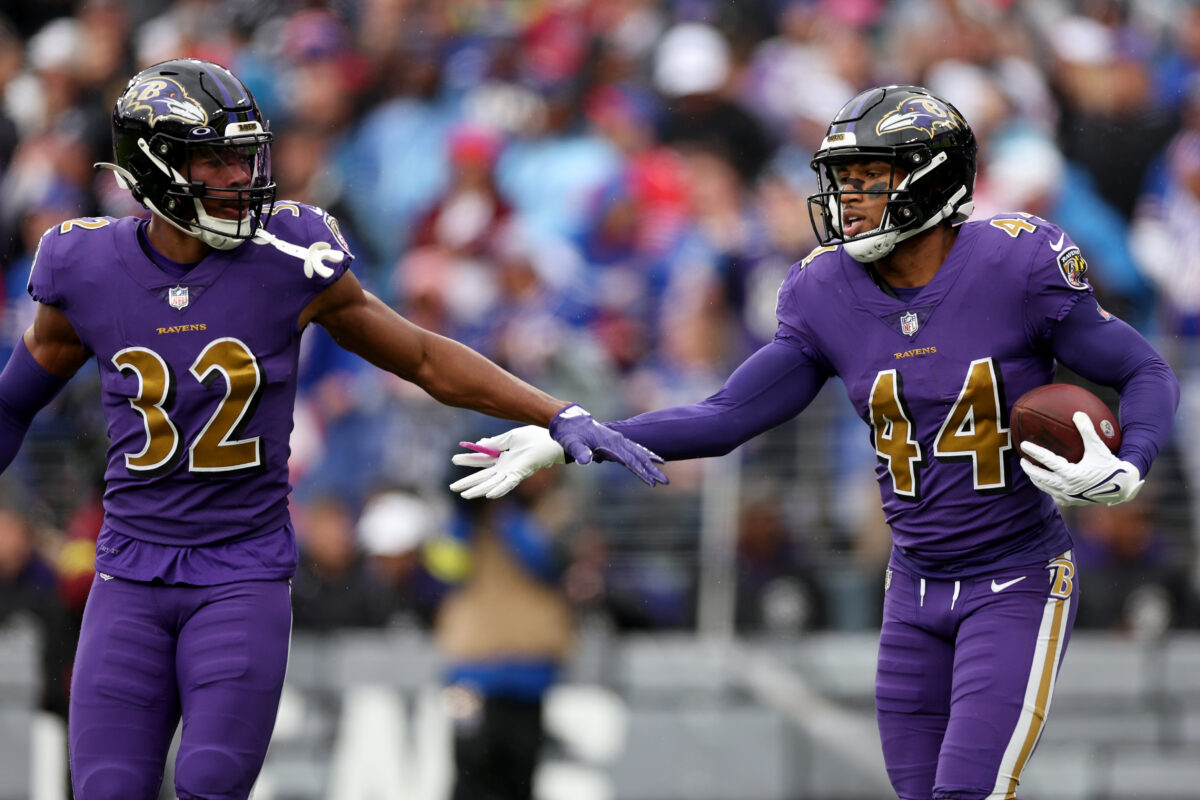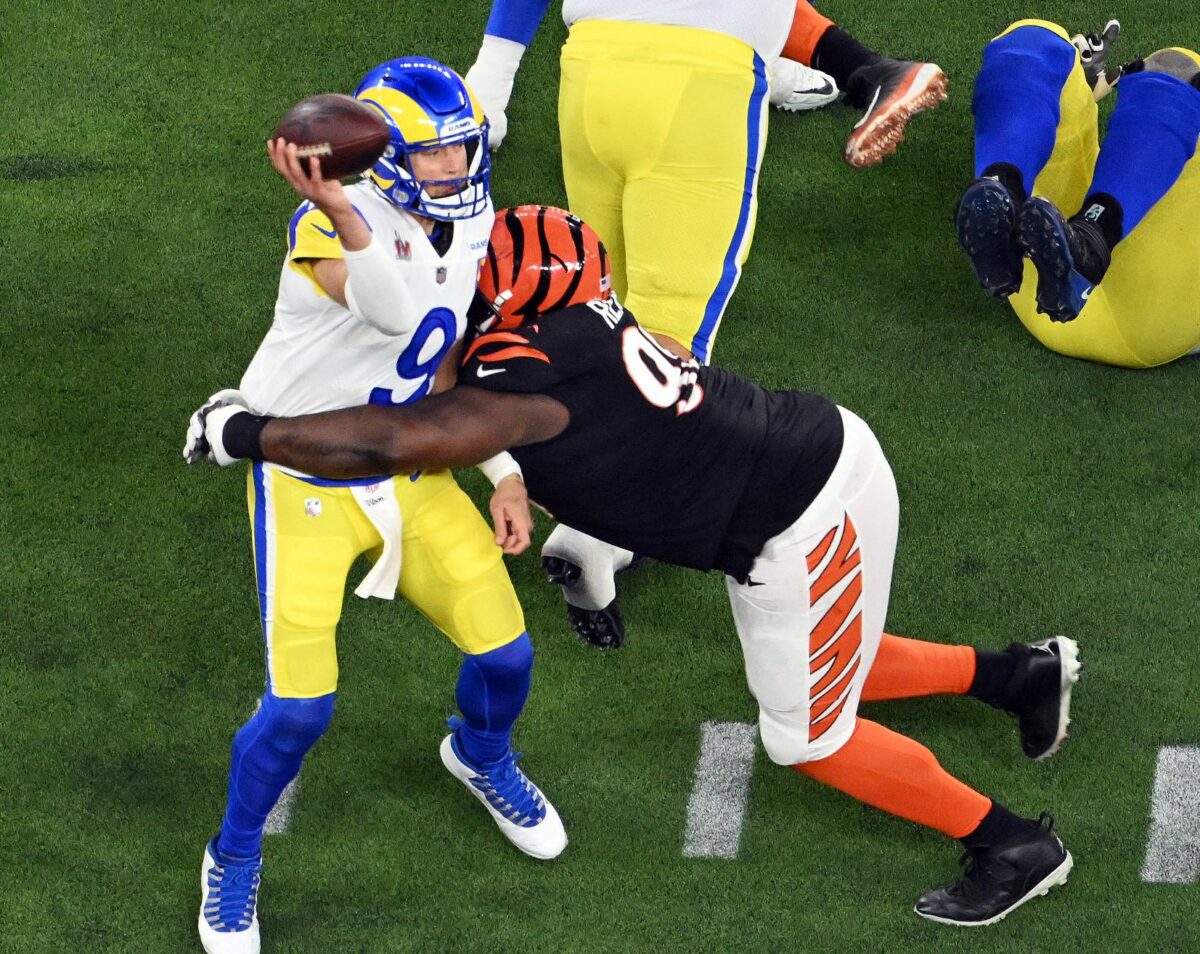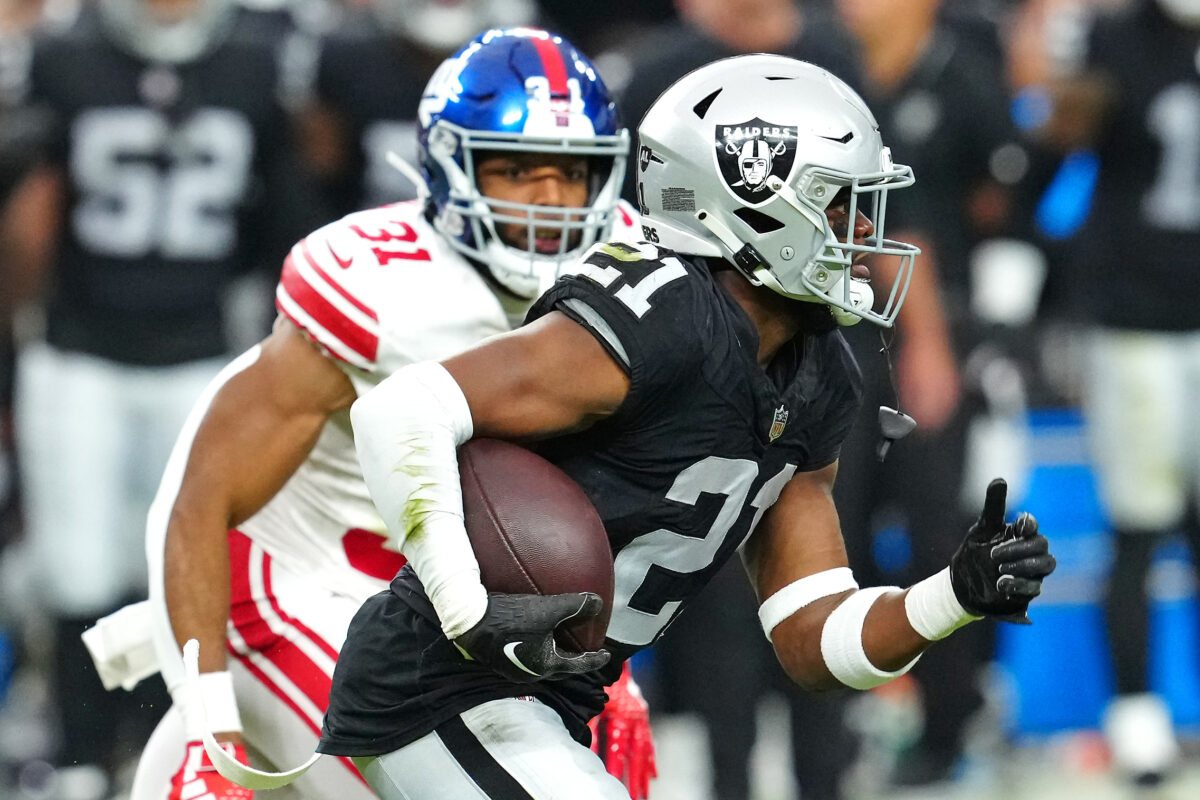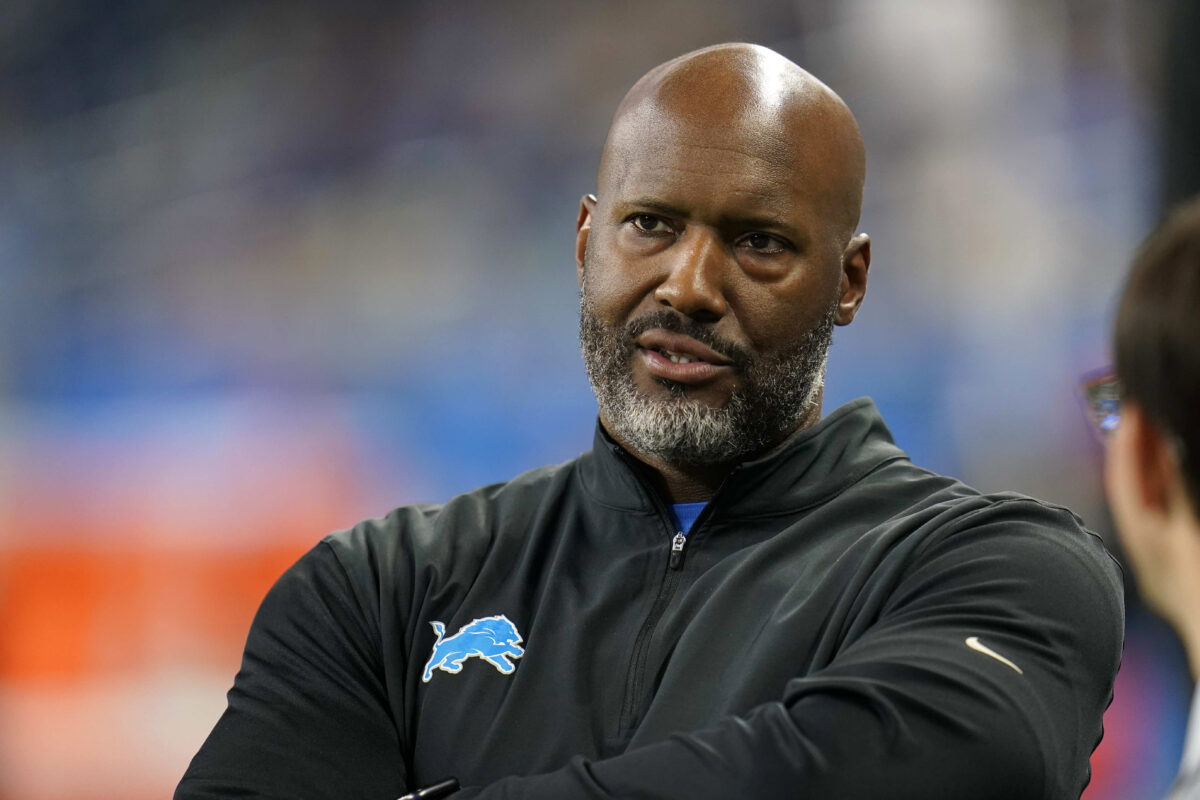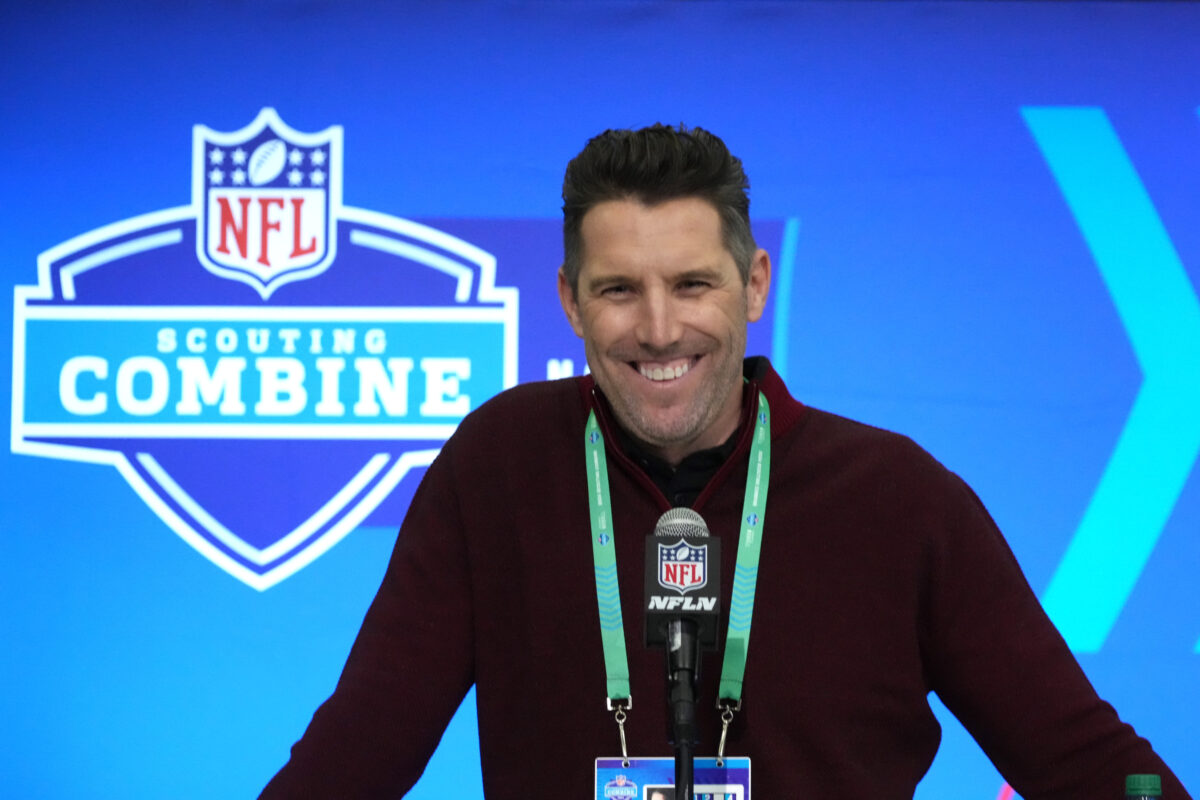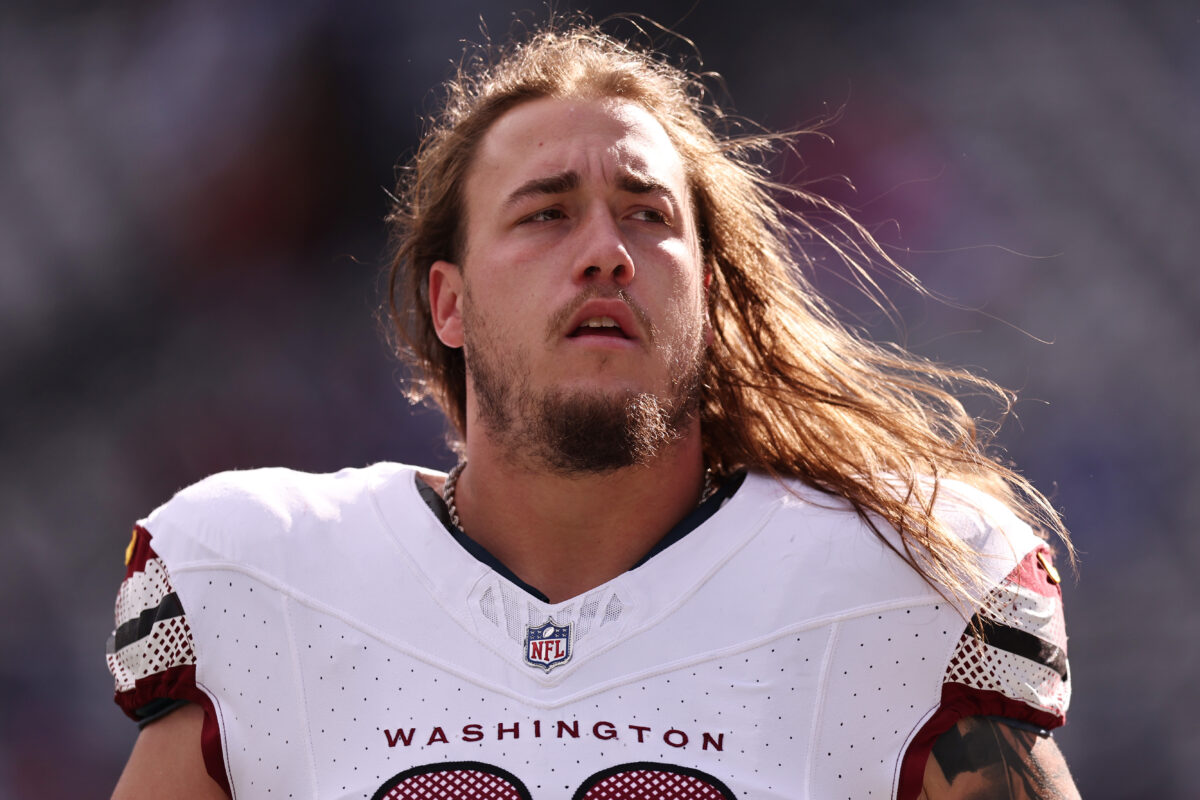Should the NFL mimic the NBA in how they deal with veterans who have been with the club that drafted them for an extended period of time? | From @ReidDHanson
No one wants to remember Joe Montana finishing his career with Kansas City, or Joe Namath ending up in Los Angeles. Johnny Unitas was last seen as a Charger and even the great Emmitt Smith was last seen with a bird on his helmet. Those sights are affronts to rationality.
With the dawn of the NFL salary cap, situations such as these grew in prevalence. Would Tom Brady have left New England if money weren’t a factor? What about DeMarcus Ware leaving Dallas for the Broncos? What about Tyron Smith going to the Jets here in 2024? Jerry Jones recently mentioned Smith’s departure and likened it to Ware’s. He said the money was a problem.
“You know how highly he is thought of by us,” Jones said. “[But] We can’t afford that. We can’t afford that. If he makes all of those incentives and things like that, we would be really wrecked.”
While not directly blaming the NFL’s salary cap specifically in this situation, Jones has discussed the limits a hard salary cap places on the franchise many times previously. It’s been used to justify the Cowboys frugal spending habits in free agency and used as leverage against players negotiating new extensions.
It’s certainly possible the most valuable franchise in the world isn’t liquid enough to pay game incentives on a contract, but it’s more likely Jones was pointing to the cap health and not his pocketbook when he said the word “wrecked.”
While the salary cap is highly malleable and not as restrictive as some owners would have fans believe, it isn’t completely fake either. Players do count against the ledger and salaries eventually have to be accounted for in some way. If certain veteran exceptions were made, maybe more franchise cornerstones like Smith and Ware would be able to finish their career on the team they had always played for.
The NBA saw the issue in their league and added a thing called “bird rights” to certain veteran contracts. It’s to make it easier for teams to retain players over the cap and subsequently reduces the number of superstars bouncing around from team-to-team year after year. The NFL could do something similar.
Maybe a player who’s played “x” number of years for the team that drafted him no longer counts against the cap? Some owners probably wouldn’t like it because they wouldn’t have the cap excuse to fall on, but teams focused on maximizing the success of their roster would certainly profit. Fans would certainly like it.
If the number of years for this veteran exemption is set at 10, someone like Dak Prescott would come off the books in 2026. It would give a team like the Cowboys a major advantage having a franchise QB exist off the ledger.
Maybe each year under an exemption would come with a player option to hit unrestricted free agency? These legendary players would have the right to demand a good team around them or they could look for a better situation elsewhere. Of course, leaving would mean the exemption dissolves and whatever outside contract is signed would count against the cap of the new team.
At a time of the offseason when the NFL owners meet to discuss rules changes and other matters of business, it’s an interesting topic to think about. Such an exception would benefit teams strong in drafting and would keep legends with the same team in which they began their career.
Because no Cowboy should have to finish their career with a bird on his helmet.
[affiliatewidget_smgtolocal]
[lawrence-auto-related count=3]
